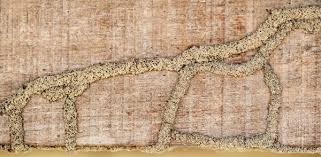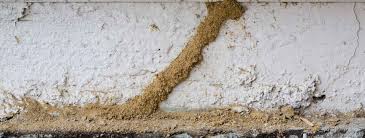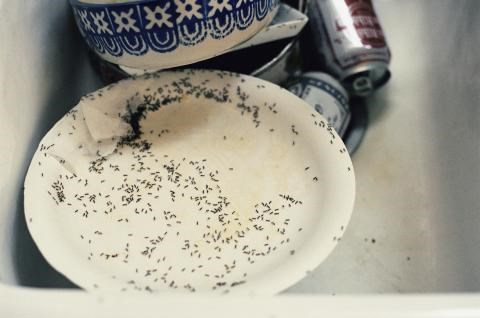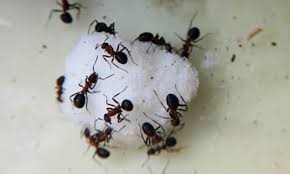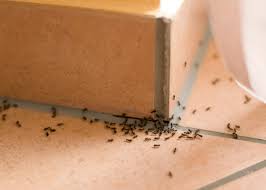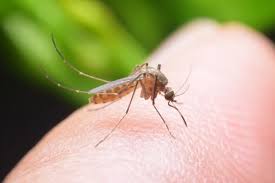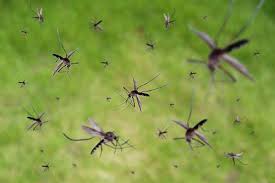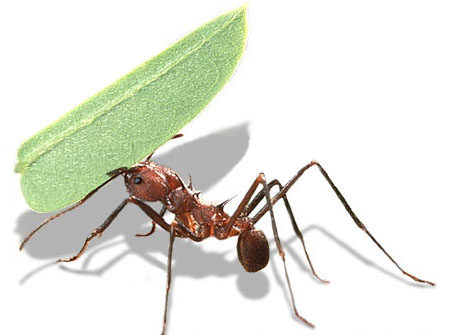How to Keep Possums Out of Your Garden
Possums are marsupial animals that have a flexible diet and nomadic lifestyle. One of the most famous characteristics that they’re known for is playing dead when they feel threatened. However, if they’re on your property and you prefer that they weren’t, you’ll need some unique animal control tactics to encourage them to leave and to keep them from coming back
Blocking Access
Possums are notoriously attracted to new growth, including fruit on trees, new growth on deciduous vines, and even new growth on pruned evergreens. When they eat the new growth, the stunt the overall growth of those plants, which is a nuisance for gardeners. The first tip is to pay attention to what the possums are going for on your property and start choosing plants that they don’t like. Block access to your fruits and vegetables with cloth bags. You could even go as far as building an enclosure for your garden beds or installing netting that will block their entrance to your yard.
Deter Climbing
Deterrence is one of the most effective animal control tactics and deterring possums from climbing your plants and structures is a matter of making it difficult or even impossible for them to do. Wrap galvanized iron around the posts and over beams. Keep your trees neatly trimmed back from fences and apply greased PVC pipe on top of your fencing.
Sprays and Repellents
There are many different types of possum sprays and repellents on the market. The best tip to ensure their effectiveness is to use them as directed on the packaging. You could also make your own quassia chip spray to deter the possums. There are also household items you can use, including mothball flakes, laundry detergent, tobacco sauce, and other strong-smelling herbs. It may not be everyone’s cup of tea, but specialty stores also supply predator urine, which is also effective for scaring the possums away.
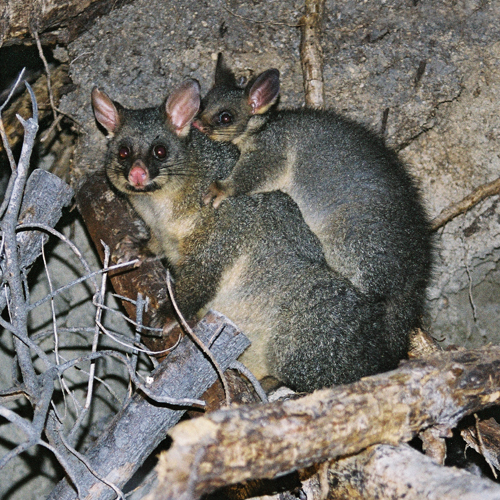
A guide to all species of possums and gliders
Hissing, growling or completely silent, they perform a circus act of acrobatic feats, the larger gliders spreading their gliding membranes to travel more than 100 m at a single jump.
Some gliders have even been recorded doing a U-turn in mid-air. With large eyes to capture more of the light at night, they’ve adapted to watch for owls, quolls and pythons, but their biggest threat – humankind – has increasingly encroached on their territory, destroying old-growth forest and its sheltering, century-old treehollow
One of the most frequently seen gliders in spotlighting surveys on the Great Dividing Range, the greater glider is the largest of gliders, 40 cm long, with a tail longer than its body, and weighing up to 1.7 kg. It has long, luxuriant fur, ranging in colour from creamy grey to black, is virtually silent and feeds almost exclusively on eucalypt leaves.
With a scientific name that means the pygmy acrobat, the fast-moving feathertail glider is the smallest of the gliding possums, weighing only 10–15 g. The most characteristic feature is its exquisite, 8 cm long feather-like tail that is the same length as its body. It also has sweat glands on its feet that create surface tension, so the footpads can act like mini suction cups, able to stick to glass.
Cercartetus concinnus
This tiny possum weighs around 15 g and is found feeding on nectar and insects in mallee heath and dry forest. It is light enough to climb and hang from long grass stems and often moves along the ground, sometimes sheltering during the day in a leaf-lined nest in a grasstree. Its most common indigenous name is mundarda.
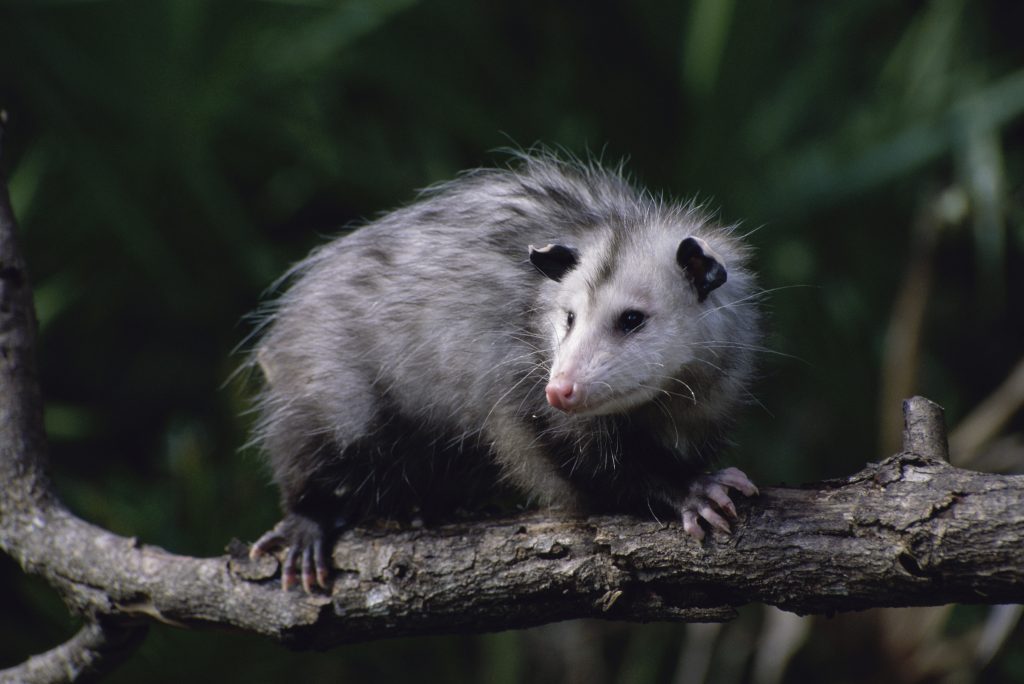
Possums
Possums can get inside your roof and cause damage to your property. They like to take shelter in roofs where it’s warm, dark and safe to sleep during the day.
How do I know if I have a possum problem?
First check that it is a possum and not a rat. If you’re not sure contact a licensed pest control agent.
Check your home for:
broken or loose tiles on the roof
loose sheeting
holes around the eaves in timber or brickwork.
Possum problems
It’s illegal to kill possums. You can only legally remove a possum from an area if you have a permit from the Department of Environment and Heritage. Removing a possum is a last resort as it will more than likely come back.
Possum proofing your house
There are things you can do to prevent a possum problem. These are:
fix your roof (secure lose or broken tiles, secure any lose roof sheeting etc)
place a bright light in your roof or garden area
attach sheet metal collars around the tree trunks, pergola posts or anywhere that possums may climb
prune back overhanging branches
place barriers across access points to your roof
provide nesting boxes with nesting material and fresh fruit inside (away from your house).
Removing possums
Before you remove a possum from your home you must apply for a permit from the Department of Environment and Heritage (DEH). Trapped possums must be released the same day within 50 metres of the capture site. It is illegal and inhumane to relocate possums.

Living with Brush-tailed Possums
The lively brush-tailed possum is one of Australia’s most familiar marsupials, largely because they are highly adaptable to a wide range of natural and human environments. Their natural and preferred habitat is forest, where they nest in tree hollows. They will also cohabit with humans in cities and towns where they seek shelter, warmth and protection in the dark recesses of buildings
A favoured spot is between the ceiling and the roof and this can be a problem to some people. They can damage crops and gardens because they are partial to exotic plants, pasture grasses and vegetables as well as native plants.
The following notes provide practical information to satisfy the house and landowner having problems with brushtail problems, without harming the animal. Remember, brush-tailed possums are protected by law and cannot be bought, sold, taken or harmed except by a permit
Possums in your home
Is that noise in the ceiling a brush-tailed possum? Sometimes, the intruder turns out to be an introduced rat or mouse. Sometimes both possums and rats or mice are involved and separate action is required
Possum proofing
The brush-tailed possum can be the focus of complaints from urban residents for a variety of reasons.

Possum-Proof Gardens
Possums are a protected species so it is important to remember not to harm or hurt them. The goal is to deter them by making your garden less appealing.
Scent
Possums use their sense of smell to detect potential predators and are less likely to spend time in a yard where they feel vulnerable to attack.
Menthol Rubs – Try smearing something ‘stinky’ around the boundaries of your garden like menthol chest rub. Place the smelly ointment on areas where there’s an over-hanging hanging branch or structure. To protect vulnerable trees, you can wrap the limbs in cling film and then smear the chest rub over the top.
Moth Balls – You can also try hanging moth balls in citrus trees to deter possums from taking fruit.
Light
Possums like to operate under the cover of darkness, so anything that you can put in your garden that mimics the reflective eyes of a potential predator or lights up when they enter the garden should help scare them off.
Some ideas include:
Light-up eyes – garden owl ornaments that have motion sensors that activate light-up eyes
Motion sensor lights – aiming a motion sensor solar light onto the possum’s preferred food plants can make fruit trees less desirable
Sound
Sound can work to deter possums from the garden.
Sonic emitters – Many people swear by sonic emitters and clickers and they do work as a deterrent, but in a suburban situation, they can be bad for neighbourly relations, especially if there’s a dog involved!
Radios – You can try hanging a small radio in a fruit tree. Move it to a different position every night so the possums don’t get used to it.
Fencing and Barriers
Possums can be deterred by making it difficult for them to enter your garden.
Rolling fence tops – Try retro-fitting lengths conduit or irrigation pipe to the top wire of fences. Simply make a slit along the pipe lengthways and slip it on. The top pipe will roll on the wire, making it difficult for possums to get a grip and scale the fence.
Wavy, loose fences – Make an arm extending out from your fence at a 45-degree angle from the upright posts and then attach chicken wire loosely across to another arm. Possums are very good at climbing up, but not so good climbing upside-down. The looseness of the wire makes the wire move which further discourages them.

